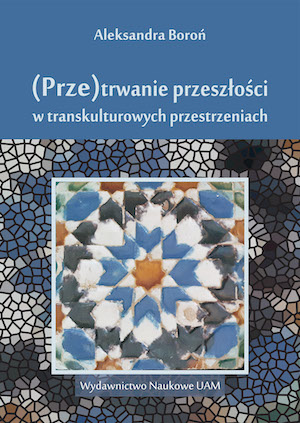(Prze)trwanie przeszłości w trans kulturowych przestrzeniach
The (re-) existence of the past in transcultural spaces
Author(s): Aleksandra Boroń
Subject(s): Anthropology, Social Sciences, Education, Communication studies, Sociology
Published by: Wydawnictwo Naukowe Uniwersytetu Adama Mickiewicza
Keywords: cultural identity; cultural heritage; transculturality; interculturalism
Summary/Abstract: The book The (re-) existence of the past in transcultural spaces is an analysis of cultural phenomena belonging to the world of art, which, like books, music, dance or ceramic tiles, are at the same time elements that accompany us in our everyday lives as cultural representations of the memory of the past. Linking them to key concepts such as cultural heritage and cultural identity has made it possible to place them in a transcultural perspective. What cultural heritage gives people is a sense of unity and of belonging to a group; it enables them to better understand the essence of the continuity between generations and the history of their origins. It also implies a common bond. Cultural identity, on the other hand, is a sense of "being in place", of belonging and fitting in. Identifying with a culture is therefore an extremely important factor in people's well-being, giving them a sense of belonging and security. It is also a reflection on the processes of acculturation, which in today's world would no longe need to take on the character of a conflict of loyalties, because participation in culture is both a bonding element, an expression of belonging, and an opportunity to manifest one's identity. That is why it is so important to be aware of one's own cultural heritage and cultural identity (both individual and group), which can be used creatively to find one's place in environments full of cultural symbols, practices and meanings that differ from those established in us through the processes of upbringing, socialisation or acculturation. Art as a plane of human activity and creativity is understood here as a field for intergenerational dialogue, transmission of ideas, coexistence and the duration of the past. It is something of a conciliation between old and new values, which enables individuals and groups to adapt to change. Transculturality, on the other hand, is a space in which multicultural and intercultural experiences are visible, which in turn translates into intercultural education projects.
- E-ISBN-13: 978-83-232-4013-6
- Print-ISBN-13: 978-83-232-4012-9
- Page Count: 182
- Publication Year: 2021
- Language: Polish
- eBook-PDF
- Table of Content
- Introduction

